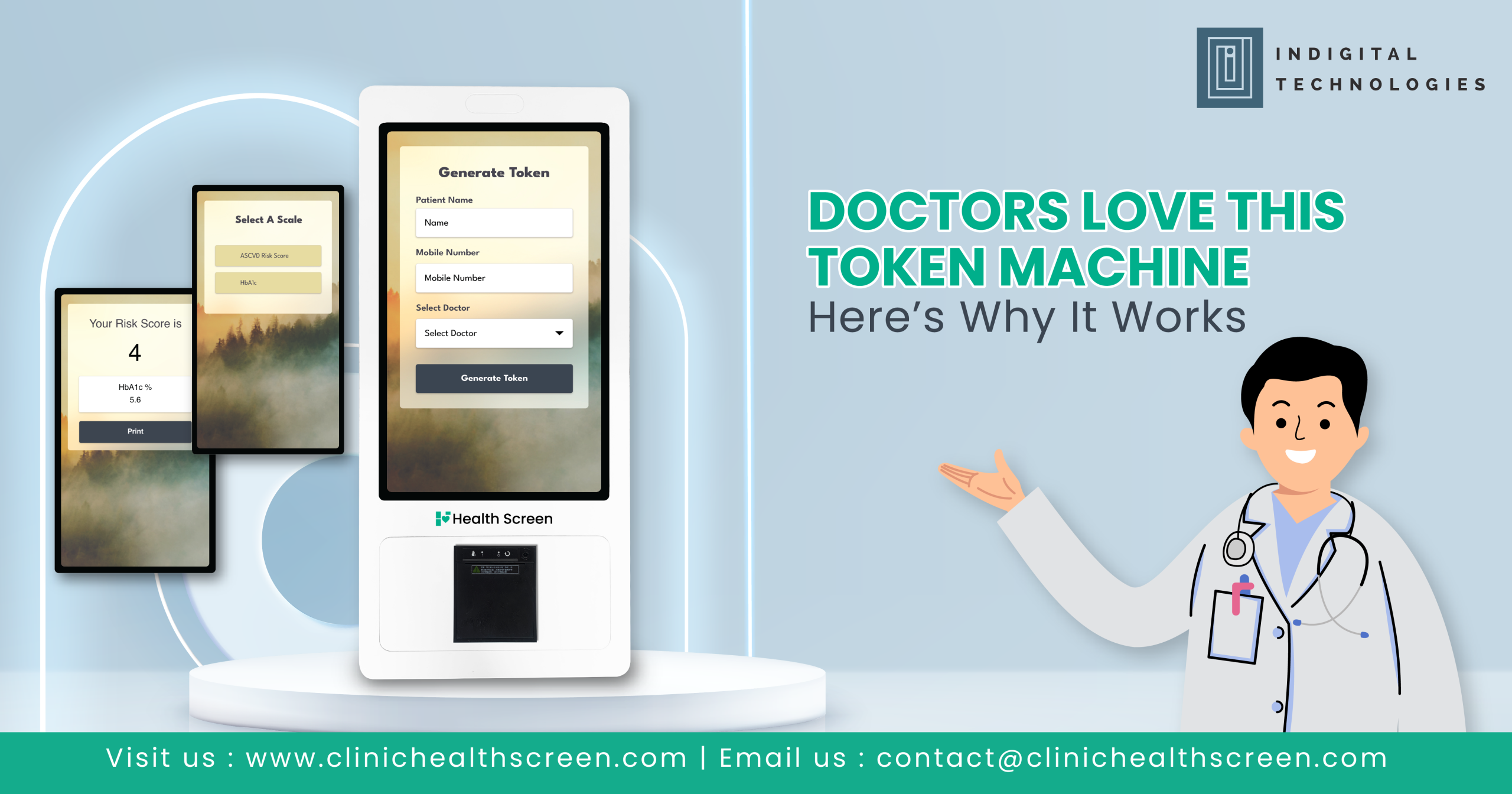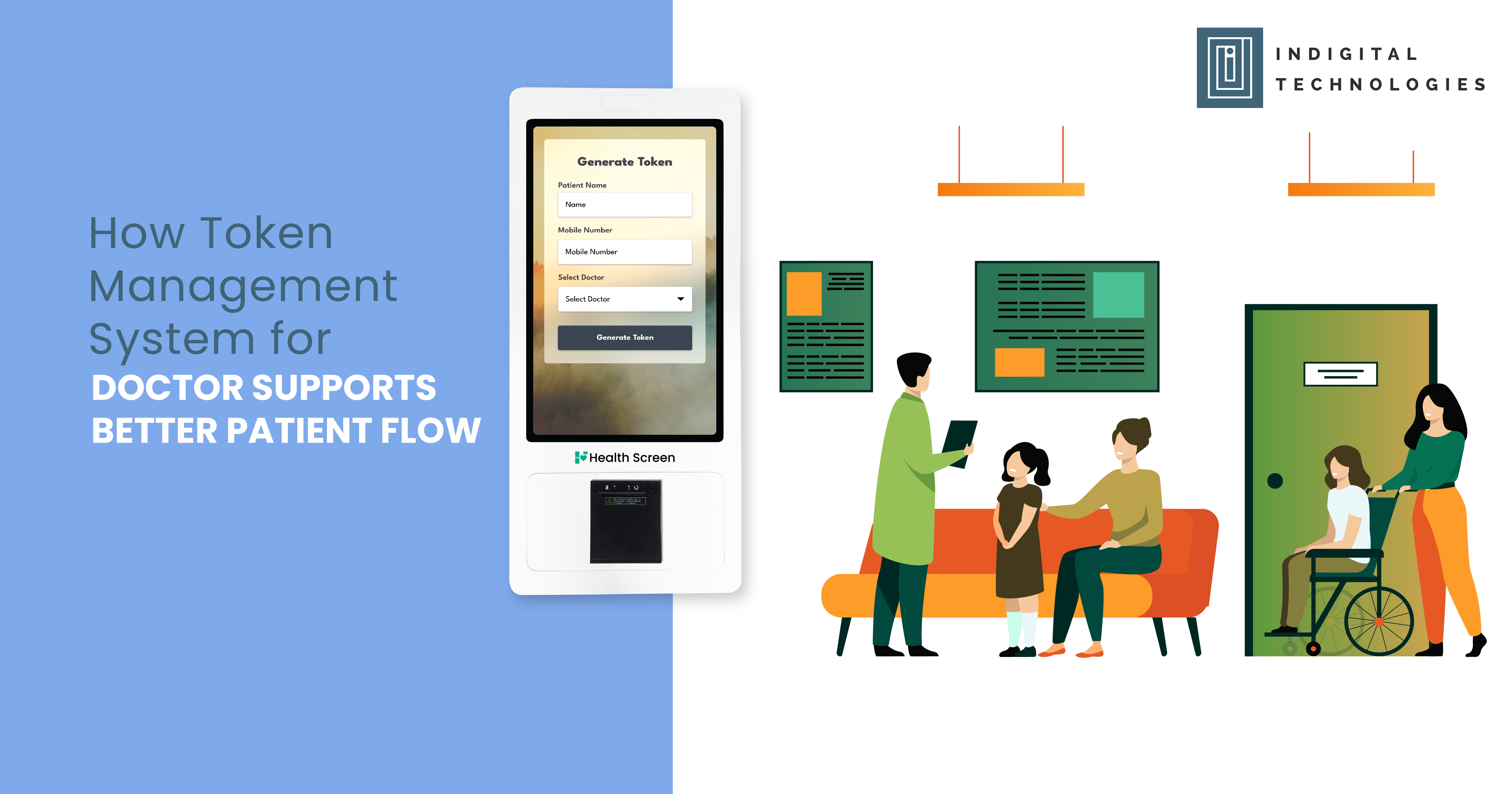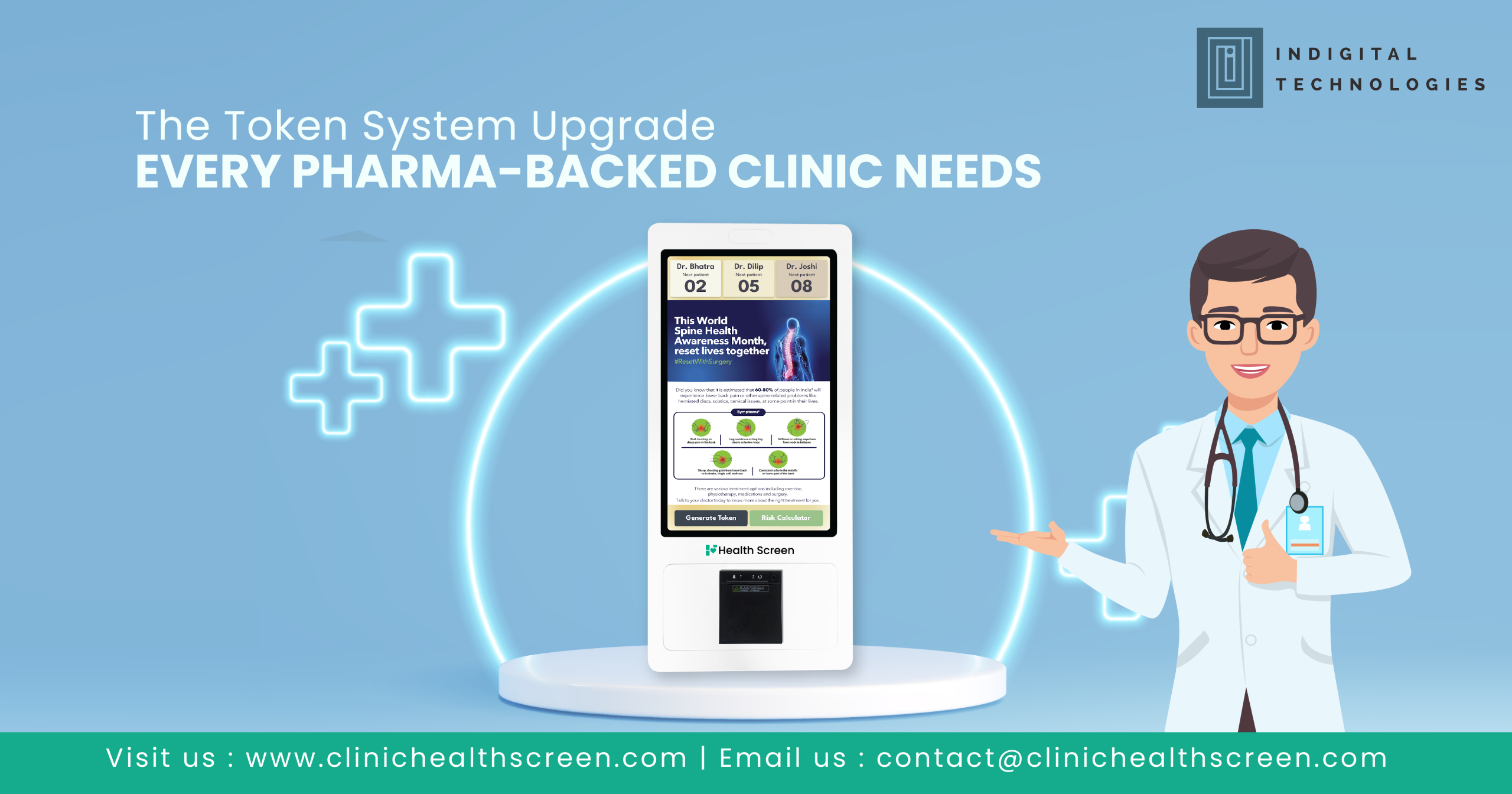The Waiting Room — A Place of Growing Frustration
Across India, whether in a bustling metro hospital or a modest single-doctor clinic, one common issue plagues patients and practitioners alike: waiting. Long queues, unstructured patient flow, and unclear timeframes can turn even the most well-managed clinic into a source of frustration.
For doctors, unpredictable queues disrupt schedules and create stress. For patients, long wait times result in dissatisfaction, fatigue, and often, a decision not to return. These inefficiencies in patient movement are not just logistical concerns — they’re directly linked to the quality of care and the overall perception of a clinic.
The solution? A digital queue management system — a modern tool that transforms the waiting experience into one that is organized, efficient, and respectful of everyone’s time.
Why Traditional Queuing Doesn’t Work Anymore
In many Indian clinics, queuing is still managed using handwritten registers, token numbers on slips, or verbal announcements by the staff. These systems, though familiar, have serious limitations:
- Patients who arrive first are not always seen first due to poor tracking.
- Staff members struggle to manually manage and call out numbers.
- Elderly or unwell patients are forced to wait without knowing how long it will take.
- Conflicts arise when patients feel others have jumped the queue.
In clinics that deal with a large daily footfall, these outdated systems create unnecessary tension and disorganization.
A digital queue management system removes guesswork and injects clarity into every step of the patient journey.
How a Digital Queue System Works
The concept is simple but powerful. Patients are assigned a queue number digitally — either at the time of booking or upon arrival. This number is linked to their details and is updated in real-time across a central system.
Screens or displays in the clinic waiting area show the live status of the queue — which number is being served, who’s next, and approximate waiting time. Some systems even notify patients via SMS or mobile notifications when their turn approaches, allowing them to wait comfortably or run quick errands nearby.
This real-time visibility improves transparency and reduces anxiety for everyone involved.
Reducing Wait Times Through Smart Flow
A digital queue system does more than manage order — it optimizes flow.
It can categorize appointments based on type (new consultation, follow-up, procedure), duration, or urgency, and reorder the queue accordingly. It allows doctors and staff to triage more effectively and ensures that the right patients are seen at the right time.
Some systems also integrate with doctor availability, so if one physician is delayed or a consultation takes longer than expected, the system automatically adjusts the queue to accommodate.
Instead of managing delays with apologies and arguments, clinics can now respond proactively with structured solutions.
Empowering the Patient
Patients value transparency. When they walk into a clinic and can see where they stand in the queue, it builds trust. They no longer need to repeatedly ask the receptionist when their turn will come. They don’t have to wait in a congested space with growing impatience.
Digital queue displays — on TVs, tablets, or mobile apps — offer patients estimated waiting times, queue progress, and updates on delays. This sense of control improves the patient experience significantly.
In Indian cities, where patients often juggle work and family responsibilities, the ability to manage their clinic visit efficiently is a huge value addition.
Freeing Up the Front Desk
Receptionists in busy clinics are often overburdened — managing appointments, handling calls, coordinating with doctors, and calming anxious patients. In such a scenario, manually calling out patient names or handling complaints about queue positions adds to their stress.
With a digital system, staff no longer need to maintain manual lists or announce names over and over. The software does it for them — silently and efficiently. They can instead focus on helping patients with forms, answering queries, and supporting smoother clinical operations.
Less chaos at the front desk leads to a more pleasant environment for everyone.
Better Time Management for Doctors
Doctors are often forced to either speed up consultations to catch up with the queue or face an ever-increasing delay as the day progresses. Both scenarios compromise quality of care.
With digital queue systems, doctors can visualize their upcoming appointments, prepare for the next patient, and manage their time more effectively. They can even schedule short breaks based on queue density — something nearly impossible with manual systems.
The end result is a better-balanced consultation rhythm and less fatigue for the doctor over the course of the day.
Data Insights That Improve Performance
A significant benefit of digital queue systems is the data they generate. Clinics can track metrics like:
- Average patient wait times
- Peak hours and busiest days
- Common reasons for delays
- Average consultation duration
This data can be used to restructure clinic hours, assign additional support staff during rush times, or even optimize appointment slots. In the long run, it leads to better resource planning and improved clinic efficiency.
Scalability and Adaptability
Whether you’re running a solo practice in a Tier 3 town or a multi-specialty clinic in an urban center, digital queue systems can be adapted to fit your setup.
Smaller clinics can use basic digital displays and token systems, while larger setups may integrate the queue system with appointment booking apps, patient history dashboards, and billing systems.
The modular nature of these solutions ensures they grow with your clinic. As patient volume increases or services expand, the system evolves with you — without disrupting your workflow.
Building a Reputation for Efficiency
In an increasingly competitive healthcare environment, patient satisfaction is a key differentiator. Clinics that are known for timely service, professional management, and a stress-free atmosphere tend to attract more repeat patients and positive word-of-mouth.
Digital queue systems help establish that reputation. Patients remember when their time is respected. They remember clinics that are organized and considerate. This goodwill directly contributes to clinic growth and retention.
Meeting the Expectations of a Digital India
Today’s patients are more tech-aware than ever before. From booking cabs to ordering groceries, they’re used to digital solutions. When it comes to healthcare — something deeply personal and time-sensitive — they expect the same level of convenience and clarity.
By adopting a digital queue management system, clinics align themselves with this evolving expectation. They position themselves as progressive, reliable, and future-ready — attributes that resonate with the modern Indian patient.
In Conclusion
Digital queue management is more than a convenience feature — it’s a critical upgrade for any clinic that values time, efficiency, and patient satisfaction. It creates a structured flow that benefits doctors, staff, and patients alike.
By replacing confusion with clarity and chaos with coordination, clinics can deliver better care in less time. The result? Happier patients, more focused doctors, and an environment where healthcare can truly thrive.
Because when patients stop waiting, they start healing.





